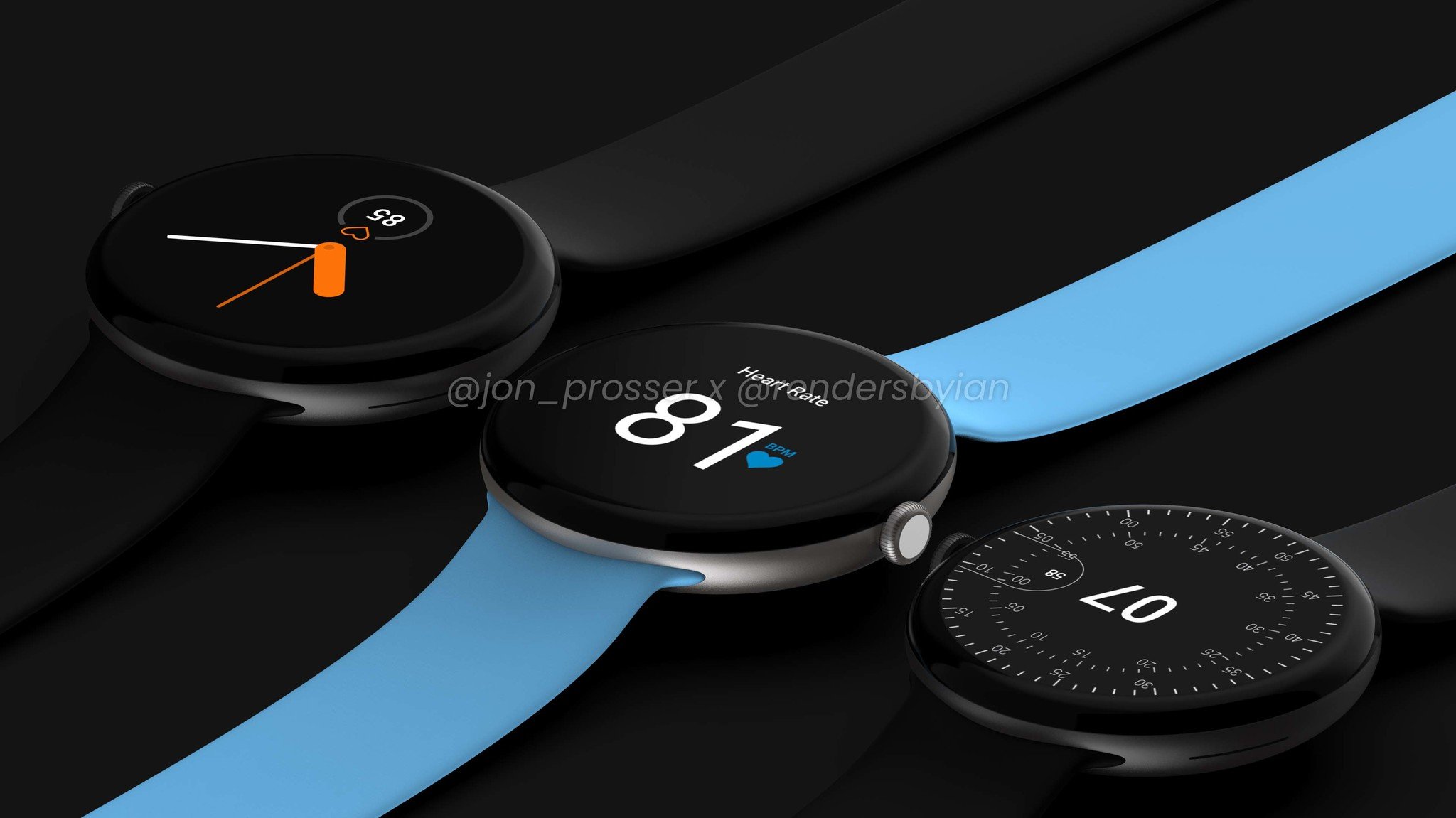Google's Pixel Watch looks like the Moto 360 successor I've been waiting for

The Moto 360 (the real 2015 Moto 360, not the 2020 imposter) was not a perfect piece of wearable technology. The battery life sucked, only barely lasting a working day with the always-on display enabled. It was sluggish even by the standards of Android Wear at the time, thanks to its unusual choice of CPU. And it had that frequently ridiculed "flat tire" display cutout, a necessity because of the LCD tech that was used to allow edge-to-edge watch faces.
But even today it's one of my favorite wearables of all time, precisely because it was so unorthodox. It wasn't trying to take a traditional watch design and shoehorn smart technology into it. Instead, as a product of the golden age of Motorola design under Jim Wicks, it tried to imagine how a watch would look if it were built, from the ground up, for the smartphone age.

The OG Moto 360 looked like a watch built, from the ground up, for the smartphone age.
Unfortunately, this trend singularly did not catch on in the broader Android smartwatch world. Despite the presence of ost Wear OS and Samsung Galaxy Watch devices look, from a distance, like any other fashion watch. The functionality has improved, but aesthetically most smartwatches continue to be pretty boring — even a very nice Wear OS device looks like a poor imitation next to a real high-end timepiece.
The whole not trying to look like a traditional watch thing is one of the major strengths of the Apple Watch. Despite once dabbling in the ultra-premium price segment with an 18-carat gold option, Apple isn't trying to recreate the look and feel of a Rolex. It knows its product is a wrist computer and not a mechanical timepiece, and the entire product is built around that axiom.
As a result, the Apple Watch has a unique and unmistakable profile on the wrist. Lugs and bezels are eschewed in favor of the same design ideals as a modern smartphone: a display on your wrist, with few unnecesary distractions.

Those are exactly the design traits that many, including myself, loved so much about the original Moto 360. Although its rounded chassis is certainly more watch-like than the Apple Watch, the bare front face, sharp chamfered glass made this look like a device from the future — even if the technology inside it was firmly rooted in the past.
The Pixel Watch looks like a timepiece straight from the future.
That's why I'm delighted that, based on recently leaked images, it seems Google is heading in the same direction with its upcoming Pixel Watch. The leaked promotional images, allegedly created by Google itself, promise a "round, bezel-less design" that "unifies hardware and software." Unlike the OG Moto 360, the Google wearable is likely to use an OLED display, eliminating the possibility of the edge-to-edge watch faces I loved so much on the Motorola device. (This kind of thing just isn't possible on OLED displays because of the potential for image-burn-in.) But it's still embracing what it is — a smartwatch — and not trying to look like a traditional fashion watch.
Be an expert in 5 minutes
Get the latest news from Android Central, your trusted companion in the world of Android
Following its new partnership with Samsung, Google's Wear OS is on the rise, with market share having shot up to 17.3% in the past quarter compared to 3.2% a year ago. Sure, almost all of that growth can be attributed to Samsung's Galaxy Watch 4. But if Google's marketing push around the Pixel Watch is close to the money put behind the Pixel 6 series, and its watch has an eye-catching and futuristic design to boot, it could be onto a winner.
Just as Google has established its own unique smartphone design language with the Pixel 6, the Pixel Watch looks set to stand out among the sea of other wearables pretending to be a watch-like wearables. Its minimalist, slightly sci-fi aesthetic and focus on a borderless display could make it the spiritial successor to the Moto 360 that I've been waiting for since 2015. And with Google's latest Wear OS 3 being infinitely more mature than Android Wear was seven years ago, I'm hopeful this could be one of the best Android smartwatches of 2022.

Alex was with Android Central for over a decade, producing written and video content for the site, and served as global Executive Editor from 2016 to 2022.
